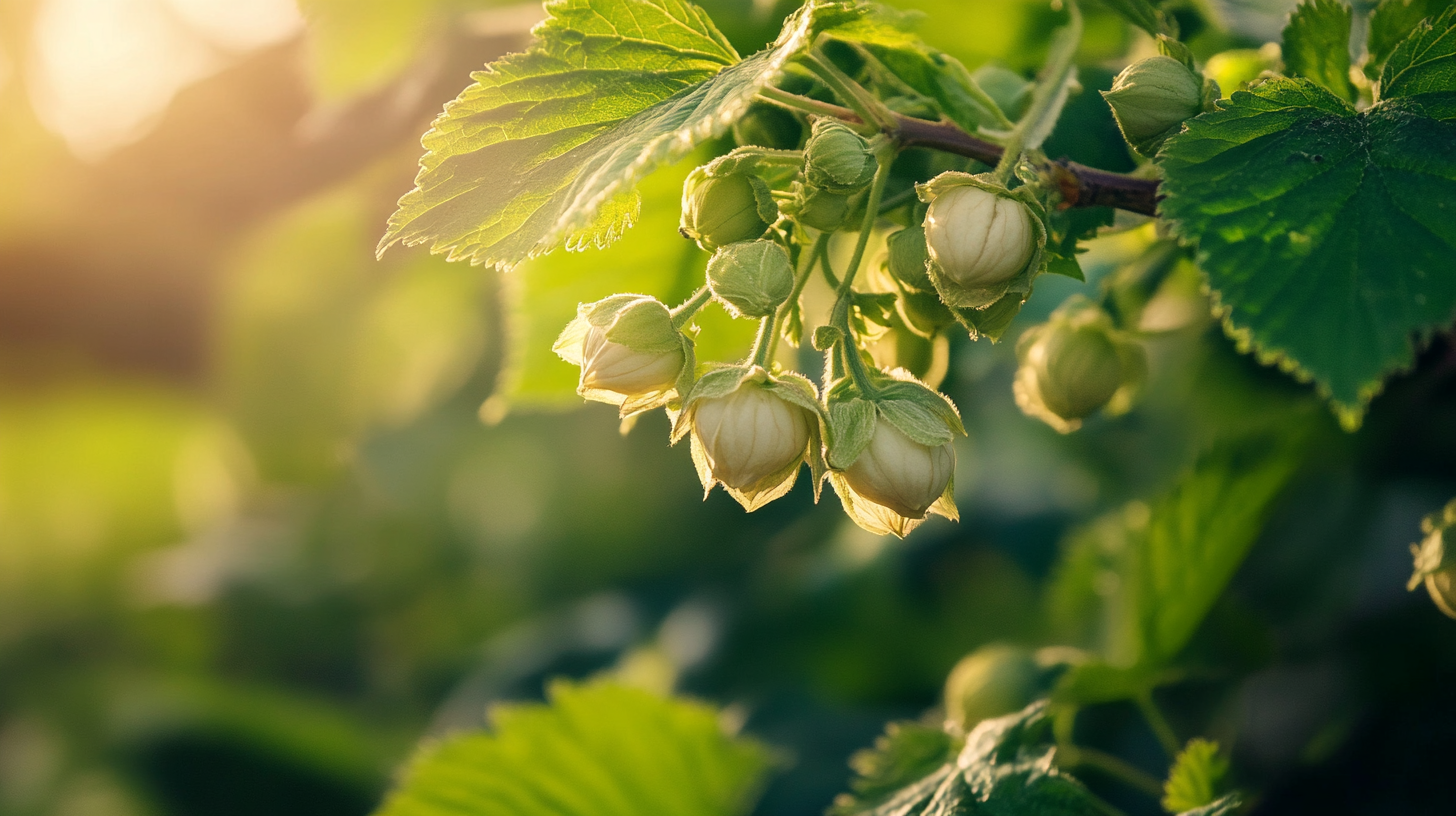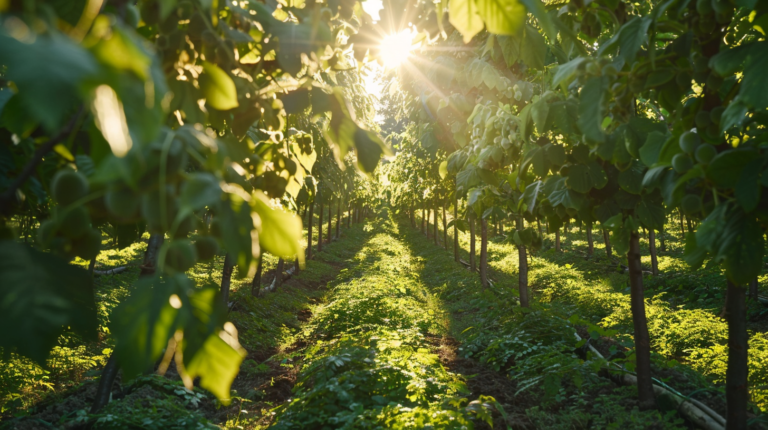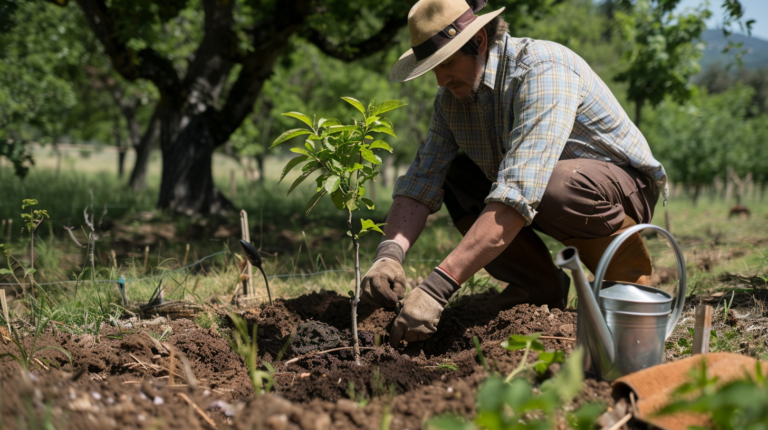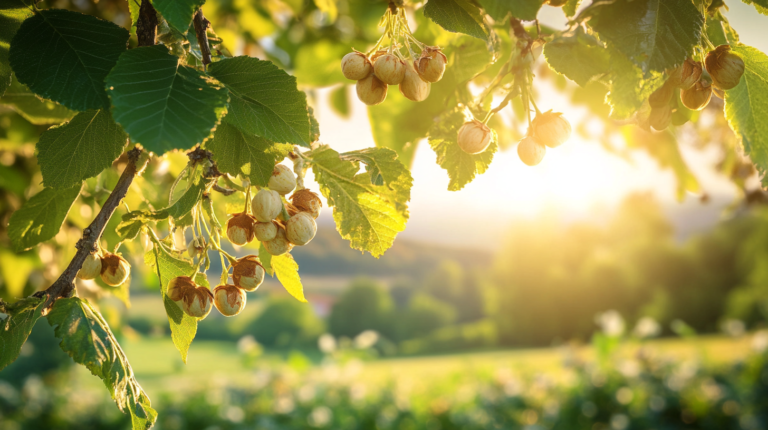Understanding the Growth Cycle of Hazelnut Trees
Hazelnut trees, scientifically known as Corylus avellana, are fascinating plants with a unique growth cycle that spans over several months. Understanding this cycle is crucial for successful cultivation and maximizing yield. This comprehensive guide explores the various stages of the hazelnut tree’s growth cycle, from flowering to nut maturity, and the factors influencing these processes.
1. Flower Formation and Pollination
The growth cycle of hazelnut trees begins with flower formation, which occurs more than a year before the nuts are harvested. The tree is monoecious, meaning it has both male and female flowers on the same plant. Male catkins start forming in mid-May and mature by December or January, while female flowers begin to form at the end of June and are visible by late November or early December.
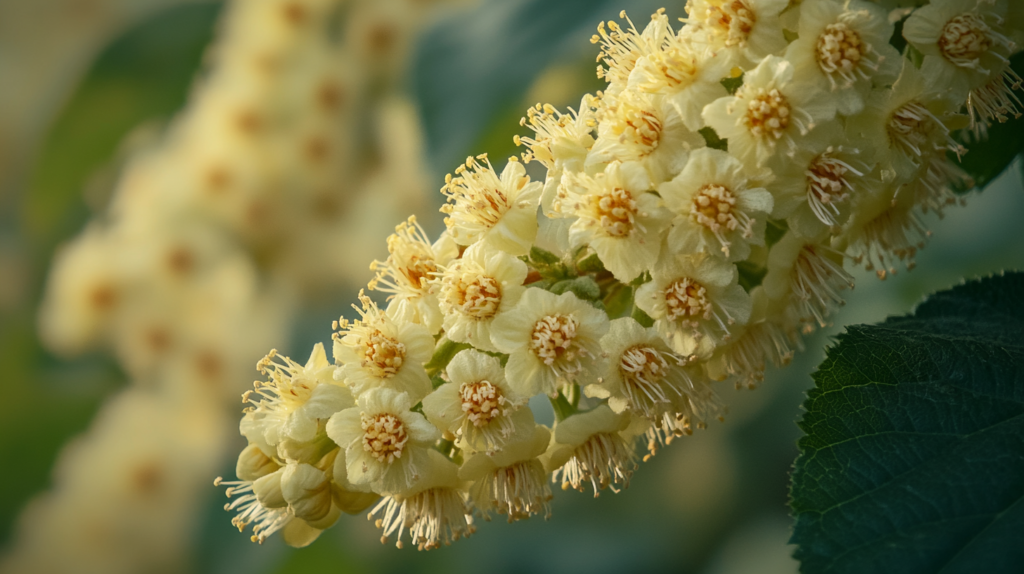
Pollination is a critical phase in the growth cycle. It typically occurs from January to February, although this can vary based on weather conditions. Hazelnut trees rely on wind pollination (anemophily), and most varieties are self-incompatible, requiring cross-pollination from different varieties to set fruit. The female flowers are unique as they do not have a fully developed ovary at the time of pollination. Instead, pollination triggers the development of the ovary from meristematic tissue at the flower’s base[1],[3].
2. Ovary Development and Fertilization
Following pollination, the pollen tube grows to the base of the style within 4-7 days, where it enters a resting phase. This period lasts several months, during which the ovary grows slowly until mid-May. A rapid growth phase follows, where the ovary attains 90% of its growth within 5-6 weeks.
Fertilization occurs between late May and early June, approximately 4-5 months after pollination. This delayed fertilization is unusual compared to most other plants, where fertilization typically follows pollination within days. During fertilization, the resting sperm become active, and secondary pollen tubes grow, leading to the development of egg cells within the mature ovary[1],[3].
3. Nut Development and Maturation
After fertilization, the kernel begins to develop rapidly. By mid-July, the ovary’s shell reaches full size, and shell hardening is underway. The kernels achieve full size about six weeks after fertilization, around early August. During this period, the nuts undergo maturation changes, such as an increase in oil content, which enhances their quality and flavor.
The maturation phase continues until the nuts are ready for harvest. Depending on the variety, this typically occurs between mid-September and October. The husk surrounding the nut dries and opens, allowing the nut to fall to the ground, signaling readiness for harvest[1],[3].
4. Environmental and Climatic Influences
The growth and productivity of hazelnut trees are significantly influenced by environmental and climatic conditions. Hazelnut trees thrive in temperate climates with regular precipitation. They prefer well-drained, slightly acidic soils and require ample sunlight, at least six hours a day, for optimal growth[2],[5].
Climate change poses challenges to hazelnut cultivation. Changes in temperature and precipitation patterns can affect flowering times, pollination success, and nut development. For instance, cold weather following fertilization can lead to disorders such as brownstain, impacting nut quality[5].
5. Propagation and Cultivation Techniques
Successful propagation and cultivation of hazelnut trees involve several techniques[2]:
- Propagation from Seed: This involves selecting viable seeds, scarifying the seed coat, and planting them in well-drained soil. Regular watering and sunlight are crucial for seedling growth.
- Propagation through Layering and Grafting: These methods involve selecting suitable branches or scions, preparing them for rooting or grafting, and ensuring they receive adequate care to develop into healthy trees.
- Pest and Disease Management: Regular monitoring for pests like aphids and caterpillars is essential. Using natural insecticidal soaps and pruning diseased branches helps maintain tree health.
6. Challenges and Considerations
Growing hazelnut trees comes with challenges such as managing self-incompatibility and ensuring adequate cross-pollination. Additionally, growers must address environmental stresses and pest infestations to maintain healthy trees and high yields.Understanding the growth cycle of hazelnut trees is essential for optimizing their cultivation. By recognizing the stages of flower formation, pollination, fertilization, and nut development, growers can implement effective management practices to enhance productivity and quality. With the right environmental conditions and cultivation techniques, hazelnut trees can thrive and produce abundant, high-quality nuts.
Sources:
[1] https://extension.oregonstate.edu/catalog/pub/em-9074-growing-hazelnuts-pacific-northwest-pollination-nut-development
[2] https://www.planetnatural.com/hazelnut-tree/
[3] https://www.ishs.org/ishs-article/351_19
[4] https://www.sciencedirect.com/science/article/abs/pii/S0304423822000280
[5] https://www.mdpi.com/2077-0472/10/5/159
[6] https://nre.tas.gov.au/Documents/WfW-Hazelnut_factsheet.pdf
[7] https://www.arborday.org/programs/hazelnuts/consortium/agriculture.cfm
[8] https://www.worldwildlife.org/magazine/issues/spring-2021/articles/hazelnuts-great-for-the-environment-but-vulnerable-to-climate-change
